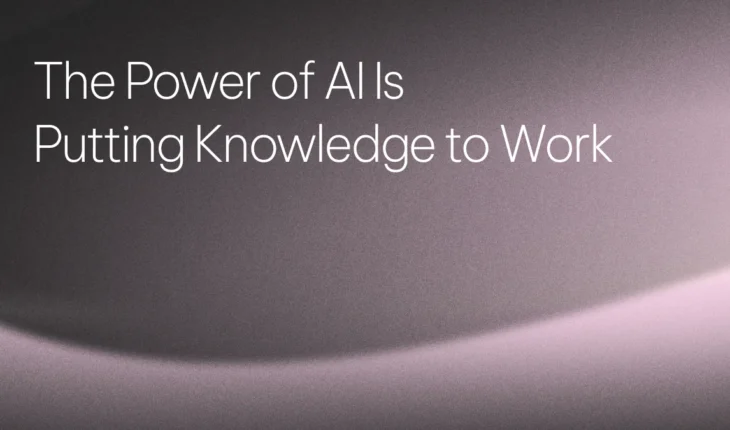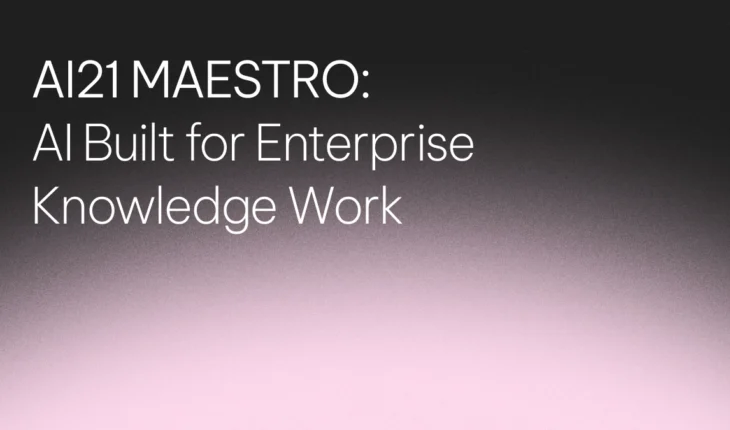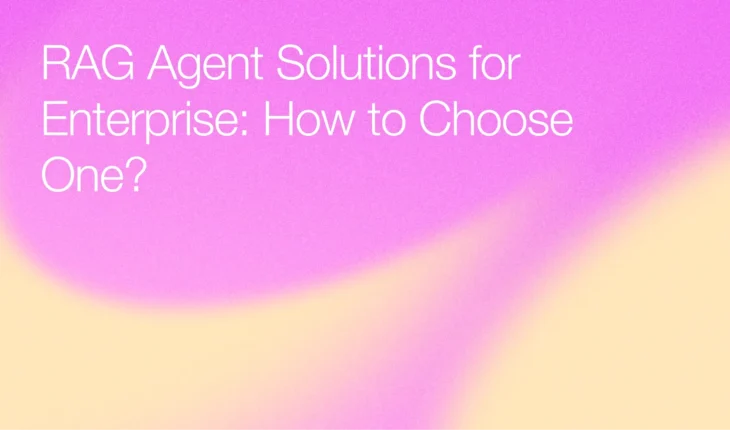Table of Contents

How Harambee built conversational flows to achieve a 20% sign-up increase
Harambee is the official platform for government bodies wanting to hire youth in South Africa. But when the pandemic hit, they needed to find a low-touch yet incredibly authentic way to connect with the growing number of unemployed youth who were looking to get trained and hired.

So, how was it done? Harambee not only created a new virtual onboarding process, but also drove a 20% conversion rate increase in sign-ups by using AI21 as their Natural Language Processing (NLP) engine. This was achieved by setting up our Language Models to act as intelligent chatbots. The bots were able to understand the context of each conversation, build rapport with the individuals, and respond naturally – guiding them toward their career goals.
We spoke with Brent Davidoff, who leads Harambee’s effort to scale transformative interventions using their omni channel contact center.

Who is Harambee?
Harambee Youth Employment Accelerator is a not-for-profit social enterprise that solves youth employment through partnerships. Harambee works with partners who are also committed to results that can work at scale – including government, the private sector, civil society, and over three million youth. By fusing brilliant minds with best-in-class technology, Harambee is working to unlock jobs and break down the barriers that keep millions of young South Africans unemployed.
But how they bridge the gap between unemployed with no experience to ready to work and employable is a key reason why Harambee eventually needed AI21 Studio.
Harambee put these youth through a simulation of a workplace that they call the “bridging process”. In it, the individuals report to a manager and are measured on punctuality and soft skills with a scorecard.
“After three months of daily bridging, they were transformed,” said Brent, noting that employers would always see a positive difference in these young adults after completing the program.
And then the 2020 pandemic happened.
Pivoting their processes, and turning to NLP during a pandemic
The once highly personalized, streamlined work socialization experience was now at risk. “With only 120 personnel at the time, we stopped doing face-to-face processes and didn’t do the bridging anymore,” says Brent.
Like many companies during that time, they went fully remote and launched a new website – SAYouth. And while they still had companies wanting to employ these youths, these individuals weren’t yet ready for the job market. “They were missing the secret sauce [of the bridging process],” adds Brent.
Searching for a Solution that Could Match Human Intelligence
This led them to the development of a chatbot that they called “Coachmee”. It created a conversation based learning experience that used evidence-based techniques to effect measurable behavior change in its users. But not without some snags along the way.
“From our previous work with other chatbots [before finding AI21], we had seen how the signup process was a vital component for ensuring high levels of engagement and most chatbots failed to do that with an audience like ours for a number of reasons,” Brent tells us, explaining why he went searching for a new solution.
Here’s what Harambee needed – and what led them to AI21.
Problem #1: A chatbot that can understand, not just repeat
Their focus was deeper than simply having quick response times for their customers. Harambee needed help creating trust, rapport, and relationships with their users during their sign-up process – a critical, pivotal moment in their program.
“Traditional intent-based NLPs are all about understanding what someone says, but then returning something that is prewritten. But no conversation is like that. You must be unique,” says Brent, providing us with an example of an everyday conversation during the sign-up process.
- Chatbot: “Welcome to Coachmee, please tell me your name.”
- Person: “19547896”
- Chatbot: “That looks like an ID number, would you mind, with respect, telling me your name again?”
- Person: “My name is Rejoice Precious Mikateko ”
- Chatbot: “Hello, Rejoice!”
“Already there, the ability to see someone and get their name right. “There’s no traditional intent-based NLP that can do that.”
Problem #2: Adapt to overcome language barriers and context
There are many models that offer a multitude of language options, but one was missing – what about broken English?
There are times when people switch between languages and use a mix of words that would not be understood by a normal chatbot. Our goal isn’t just to find something that speaks one of South Africa’s 11 official languages, but to find out what someone really is trying to convey.” says Brent.
Why AI21 Studio? Better accessibility and support
While we at AI21 have best practices to help mitigate the risk of malicious use of language models, AI21’s barrier to entry was non-existent, meaning Harambee could jump right in.
“I was astonished that there was no huge waiting list to get into this platform and I found the company’s vision quite inspiring. I signed up and started playing around on the playground.”
It’s important to be able to interact with the models, explore presets, and play around before committing to an NLP.
“I am not a coder,” he adds. “When I saw that AI21 Studio had an easy-to-use fine-tuning feature that did not require any previous coding experience, I was excited to see how quickly I could prototype different conversational flows and build something that felt human and relatable.”
Beyond the Chatbot: How Harambee Used AI21 to Reach Their End Goal
Harambee saw incredible success using the chatbot.
“The conversations [work seekers are having] are incredible,” says Brent. “For the first time, they feel like they are important. For the first time, they feel like their goals are important. They feel like there is someone there to support them.”
Beyond building rapport and genuine connection with the South African youth, they were able to utilize AI21 to make their jobs easier and improve further processes.
Solution #1: Content creation through “lifehacks”
With AI copywriting, you can automate repetitive writing tasks. Brent and the Harambee team were able to develop around 60 different “lifehacks” for users who had signed up for Coachmee check-in sessions.
Lifehacks have to strike a careful balance between being aspirational and transcendent, while being practical and relevant. All within a few sentences, making sure someone doesn’t have to scroll back up to read the full message.
Another unique contribution of AI21 Labs was around the use of emojis, which enabled the lifehacks to be much more playful and engaging.
Solution #2: Unique reference letters
With the summarization tool, you can compress documents and extract key insights into short summaries. Brent and the Harambee team used this to create 100% unique, relevant reference letters for each individual who finished their training.
“Sometimes the model can go way too far and make up crazy things about the person,” says Brent, discussing what has gone wrong while using other applications.
“[But] when a user completes 20 check-ins with Coachmee, we have enough data that can factually testify to someone’s commitment to growth and goal-achievement. That information, together with the deep insights into their aspirations and personality that we lifted from the initial sign-up conversation, we are able to use Studio API to generate beautiful reference letters that they can attach to their CVs and take with them to interviews,” explains Brent. “I [once] got a message saying, ‘I gotta frame this!’”

The Result: Helping Thousand of Youths Gain Employment When They Need it Most
Harambee has fine-tuned its AI21 NLP experience to drive meaningful conversations. Their data shows that the stronger the rapport that is built at the beginning of the relationship, the more chance the person has at continuing and completing the process.

Brent concludes that “compared to the first iteration of Coachmee which did not use an NLP for the sign-up process, our conversion rate from sign-up to completion has improved by 20%.”
In addition, he tells us that almost 1,000 young people have measurably higher prospects of employment thanks to the unique reference letters that AI21 Studio API helped create. “AI21 has been the most generous, collaborative and supportive technology partner that I have ever worked with.”
We are thrilled to have the opportunity to use our NLP technology to help elevate the careers of thousands of youths in Africa. We hope this project serves as inspiration to many other organizations around the world.


